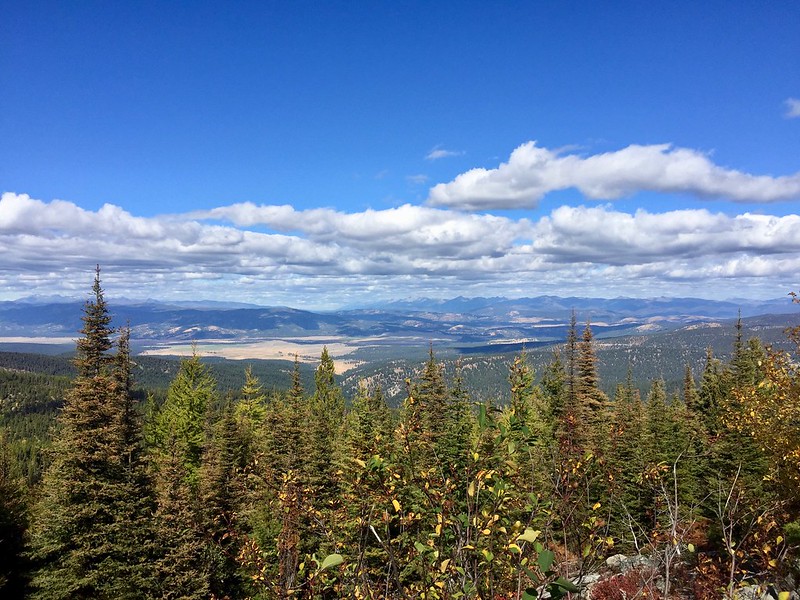Photo: BLM
The Garnet Mountains lie between the Blackfoot and Clark Fork Rivers, stretching from Bonner to east of Drummond, Montana. They are south of the Bob Marshall and Scapegoat Wilderness areas and provide critical habitat to bull trout, grizzly bears, wolverines, and lynx, all of which are on the Endangered Species List.
Yet, the Bureau of Land Management, under the direction of former Montanan Tracy Stone-Manning, has approved a plan to massively deforest the range under the misleading name, the Clark Fork Face Forest Health and Fuels Reduction Project.
The plan authorizes logging, burning, and thinning across 16,689 acres of BLM-managed lands over a 10-15 year period — more than 70% of the agency’s holdings in the Garnet Mountain Range. Nearly 13 square miles (8,283 acres) are slated for commercial logging to produce four million board feet of timber a year. Another 4,600 acres are slated to be burned, and mixed logging, thinning and burning are planned on another 2,146 acres.
Such massive deforestation, burning, and bulldozing a spider web of hauling roads will effectively sever the vital connectivity corridors for wildlife – and especially grizzly bears — between the Northern Continental Divide, Greater Yellowstone and Bitterroot ecosystems while contributing new sedimentation to the bull trout spawning tributaries.
Naturally Thick Forests

Although the BLM claims the forests are “overgrown” and have to be logged to return to “health,” the historic picture taken at the old mining town of Garnet in 1898 shows the native forests were naturally thick, disproving the claims by both the Forest Service and the BLM that forests in the Intermountain West were all open and uniformly park-like.
Given the picture was taken seven years before the Forest Service was even founded, it likewise disproves the agency’s claim that our forests have to be logged, burned and thinned because they are unnaturally thick due to fire suppression. This has been proven false by fire scientists like William Baker et al. 2023 but the agencies aren’t letting science get in the way of clearcutting lynx critical habitat.
Endangered Species Act
Under the Endangered Species Act, we are required to give the government 60 days-notice in which to fix their legal violations and have notified the agencies since we intend to add the Endangered Species Act violations to our lawsuit.
Although the Endangered Species Act requires agencies to recover species and the ecosystems upon which they depend so they can eventually be removed from the Endangered Species list.
The BLM is doing the opposite by refusing to consider the logging project’s cumulative threats, road-related disturbances, and the best-available science. Not only did the BLM fail to acknowledge that many of the “roads” it will use as haul roads are overgrown with trees, it failed to note the project violates the agency’s own wildlife protection standards in its Resource Management Plan.
Climate Change
The BLM failed to take a hard look at the impact of its clearcutting plan on climate change, which is strange since it’s well understood that forests, especially mature and old growth forests, are one of the planet’s most efficient means of absorbing carbon from the atmosphere — and they do for free. When the world is getting hotter every year, it makes no sense to log mature and old growth forests.
Conclusion
Taken together, there are so many problems and illegalities with this project that the Alliance for the Wild Rockies, Center for Biological Diversity, Yellowstone to Uintas Connection, Council on Wildlife and Fish, and Native Ecosystems Council sued the BLM to stop this incredibly destructive project and protect critical habitat for native species in the Garnet Mountains.
Mike Garrity is the Executive Director of the Alliance for the Wild Rockies.
